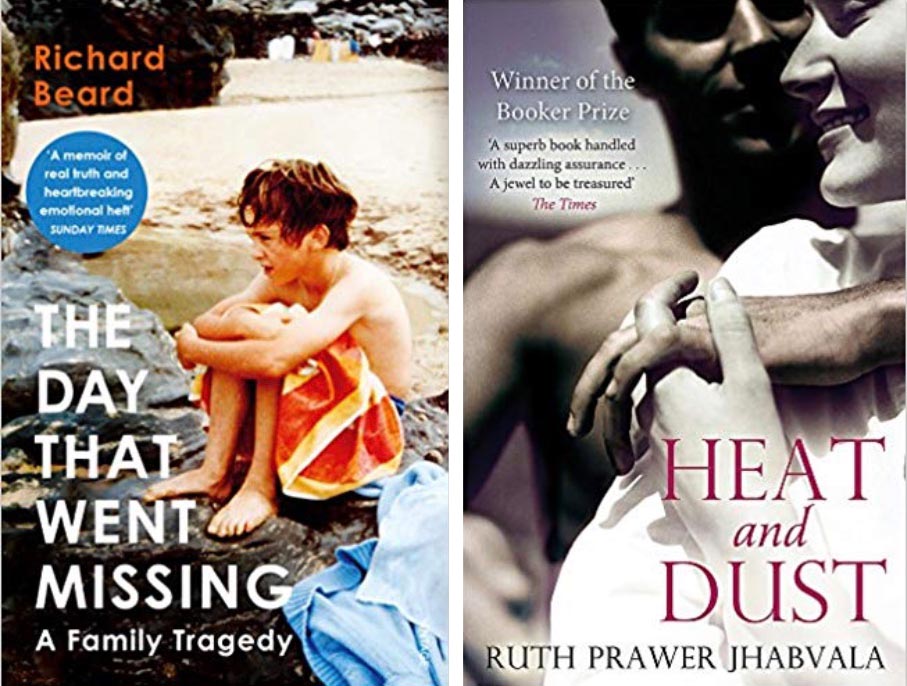
Both books share the same problems as I have, that the source material is mainly in letter, diary and photographic form with a general theme of fragility of memory. It’s a universal problem in this genre. Stories need dialogue to drive the story forward and narrative non-fiction should/is factual. As fiction, Jhabvala’s could freely use imagined scenes and dialogue to move the story forward. Beard invented dialogue and was upfront about it – ‘though I’m inventing her words after all this time’ (p10). I liked this.
Memoir in particular moves from the narrator to the protagonist and back, and this has to be handled so the readers don’t get confused and turned off. The mechanism in these two books was not revolutionary, symbols, new chapters and white space, but it was well done – especially in Heat and Dust, which is the reason why I chose this book to study.
Commitment for the next meeting and deadlines
- Writing a strapline for the book – that’s the one that’s short enough to explain the book as the lift door is closing;
- The book outline for feedback and discussion. Deadline mid June for feedback,
- Based on the feedback, the first 20,000 words by mid July for a meeting at end July.

I’ve just posted a new one on a struggle to find a strapline and tagline to sum up Emilie May’s story. Have you tried writing these? If so I would love to hear from you